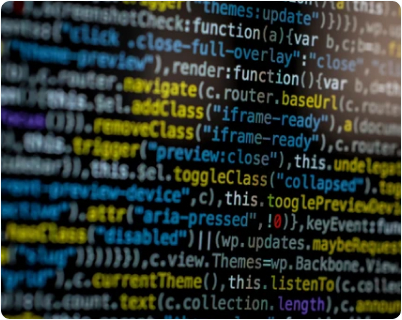Across multiple disciplines, artificial intelligence (AI) in medical screening devices is helping improve patient outcomes by offering healthcare practitioners more nuanced ways to interpret data and make clinical decisions. AI assistance can play a critical role in detecting cardiovascular diseases earlier, which leads to earlier treatment and more precise outcome prediction and prognosis evaluation.
AI accomplishes this through a technique called machine learning by quickly analyzing massive amounts of data and sharing clinically relevant insights. This use of statistical algorithms identifies patterns in new data that match the patterns that have already been learned from existing data. The resulting predictions improves the quality, precision, and efficiency of healthcare.
To understand the different ways machine learning works, these are three subtypes of the technique based on the way the predictive model learns and accumulates data.
-
Supervised learning includes logistic regression, support-vector machines (SVMs), and neural networks. Models are developed using human-labeled datasets. These models find the most relevant variables to predict or classify future events and outcomes. Each new piece of data trains the predictive model, making it more robust over time.
-
Unsupervised learning includes cluster analysis. This method identifies new relationships within data by finding hidden structures in datasets that weren’t previously categorized in the training dataset.
-
Reinforcement learning involves reward-based learning and is typically used in gaming and robotic applications. This predictive model uses tools such as sensors, cameras, and GPS to help the machine understand the surrounding environment. The interactions with the environment guide the machine to continuously learn and improve.
These machine learning methods expand what’s possible in healthcare. For example, supervised learning algorithms can be used to classify heart rhythms. When AI powers an ECG, anomalies are automatically detected through a precise, quantitative assessment of cardiac functions. This removes variabilities that may skew results and reduces the time it takes to interpret the data, making appointments more efficient.
As AI further integrates into the cardiology world, physicians will be more and more empowered to improve their patients’ outcomes. The extra layer of intelligence augments the physician’s work, rather than replacing it. To learn more about how AI-driven ECGs can help detect cardiac abnormalities earlier, see nCardio.

